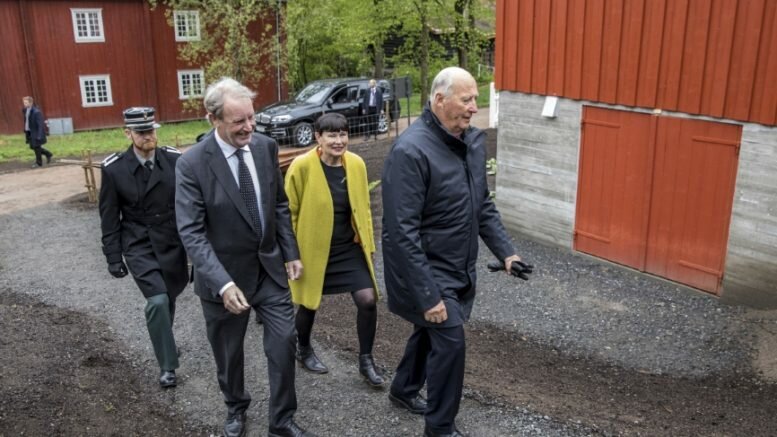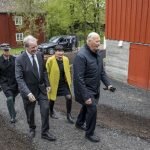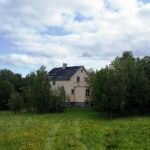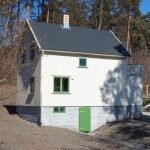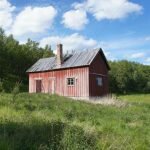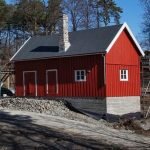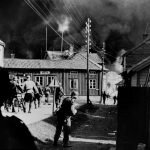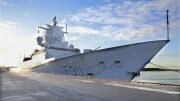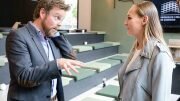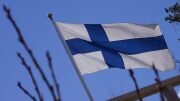King Harald opens «Finnmark» at the Norwegian Folk Museum
King Harald opens «Finnmark» at Norwegian Folk Museum (Norsk Folkemuseum) at Bygdøy Island today. The exhibition shows two houses from restoration after World War II.
Trygve Beddari and Anne Margaret Nilsen perform Kven music during the opening. Author Marion Plamer reads out loud.
Three restoration buildings from the Porsanger peninsula have been moved to the Open Air Museum at the Norwegian Folk Museum at Bygdøy Island in Oslo.
“In these buildings from the reconstruction period after the German «scorched earth» withdrawal from Troms and Finnmark in 1944, we will convey stories related to the region’s history and go deeper into topics such as war, flight and reconstruction of totally ravaged societies,” the Norwegian Folk Museum tells NTB.
Visitors will be able to learn about life in Finnmark before, during and after World War II.
About «Finnmark»
The Norwegian Folk Museum (Norsk Folkemuseum) has rebuilt three restoration buildings: a residential building with outhouse and barn, all from Porsanger in Finnmark.
In these additions to the Open Air Museum, the story of Finnmark is told, about war and scorched earth, evacuation and refugee existence, return and reconstruction – but first and foremost, everything about the inhabitants of Finnmark at the time – the Sami, Kven and ethnic Norwegians.
- King Harald is present at the opening of Finnmark at the Norwegian Folk Museum. The first buildings from Northern Norway open at the museum on 10 May. A residential house with an outdoor toilet and a barn from Porsanger tells the dramatic story of a part of the country that was burned and laid in ruins. Photo: Ole Berg-Rusten / NTB Scanpix
- The house from Olderfjord. Photo: Birte Sandvik / Norwegian Folk Museum
- Exhibition in the residential house from Olderfjord. Photo: NFM
- The barn from Indre Billefjord. Photo: Birte Sandvik / Norwegian Folk Museum
- Exhibition in the barn from Indre Billefjord. Photo: NFM
- The bombing of Vadsø, August 23, 1944. Photo: Unknown / Finnmark county library
An important part of Norwegian history
North Troms and Finnmark, which were largely burned to the ground by the German occupation forces at the end of World War II (in 1944-1945), were rebuilt in the years following the liberation in 1945.
This extensive reconstruction project lasted until the early 1960s. The restoration of the region is an important but little-known part of Norwegian post-war history and the founding of the welfare state. The architectural and visual expression of this part of Norway was changed during this period – a direct and concrete expression of the drama and the change the inhabitants themselves went through.
Source: The exhibition at Norsk Folk Museum
© #Norway Today


